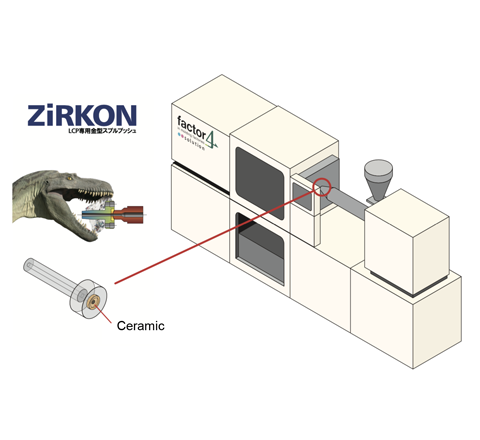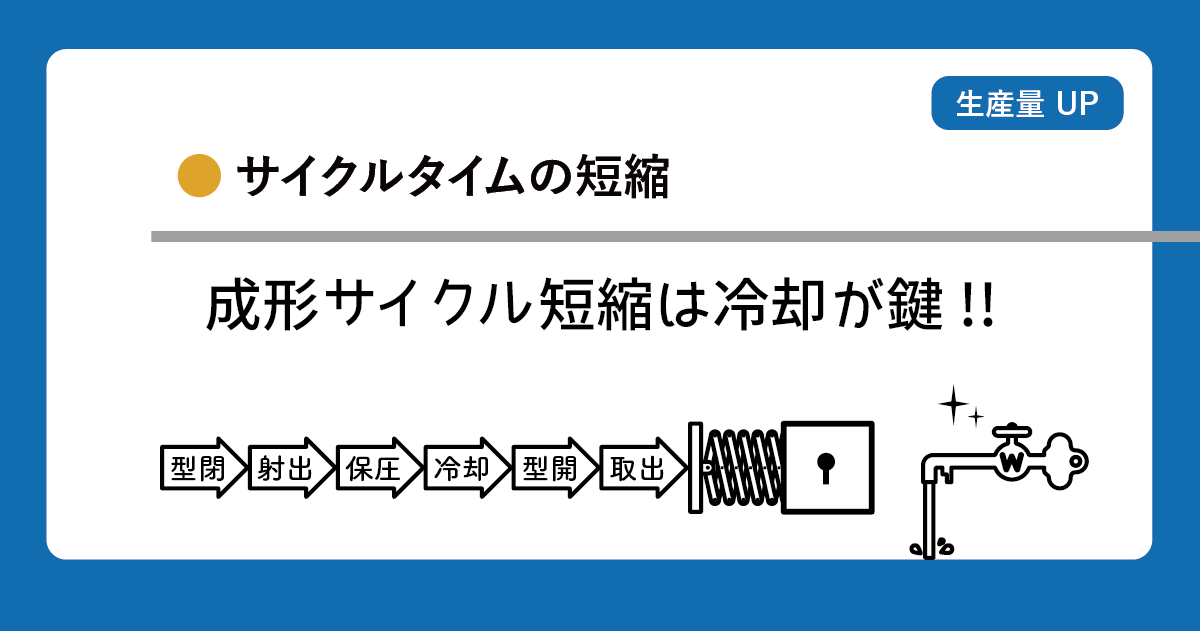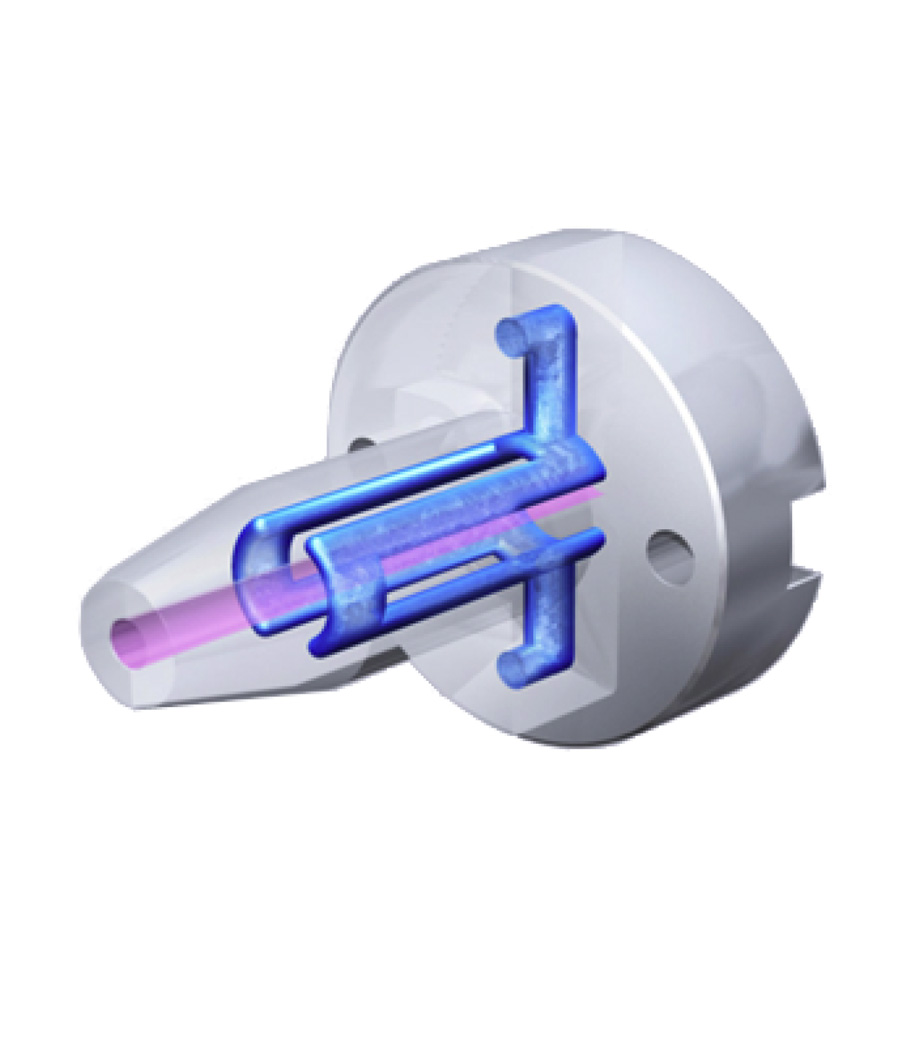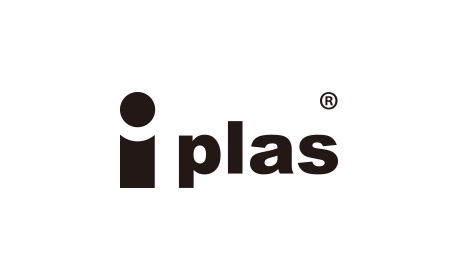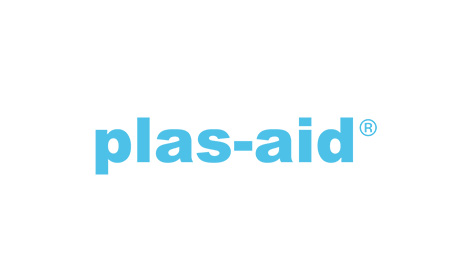Why does stringing and cold slug occur?
When molding engineering plastics (hereafter referred to as "ENPRA"), defects such as stringiness and cold slugs are likely to occur, which are particularly troublesome in precision molding and optical molding. The background to these defects is closely related to the physical properties specific to the engineering plastics and the heat management around the nozzle tip and mold sprue bush.
Three problematic characteristics of engineering plastics
1. Low resin fluidity
Engineering plastics do not flow easily even when molten, and have difficulty reaching every corner of the mold, making them prone to uneven filling and retention.
2. High resin viscosity
High viscosity resin easily loses heat inside the nozzle and sprue, causing the flow to suddenly slow down and cool, which can lead to slugs.
3. High melting temperature
The molding temperature must be set high, which requires strict temperature control. Cooling the nozzle causes the resin to solidify prematurely, leading to stringing and slug formation.
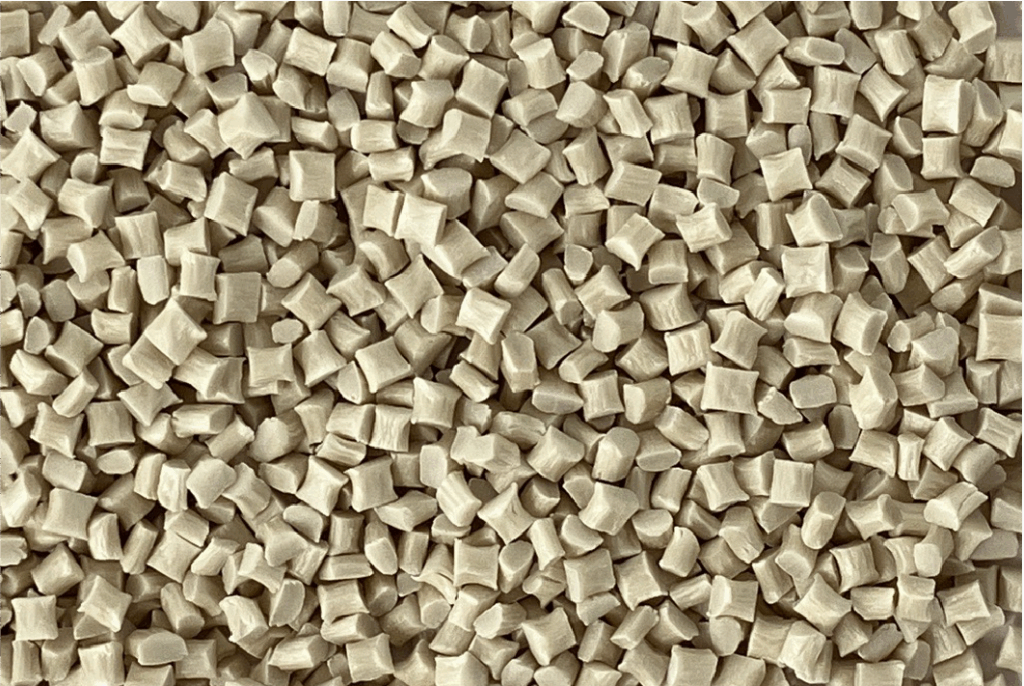
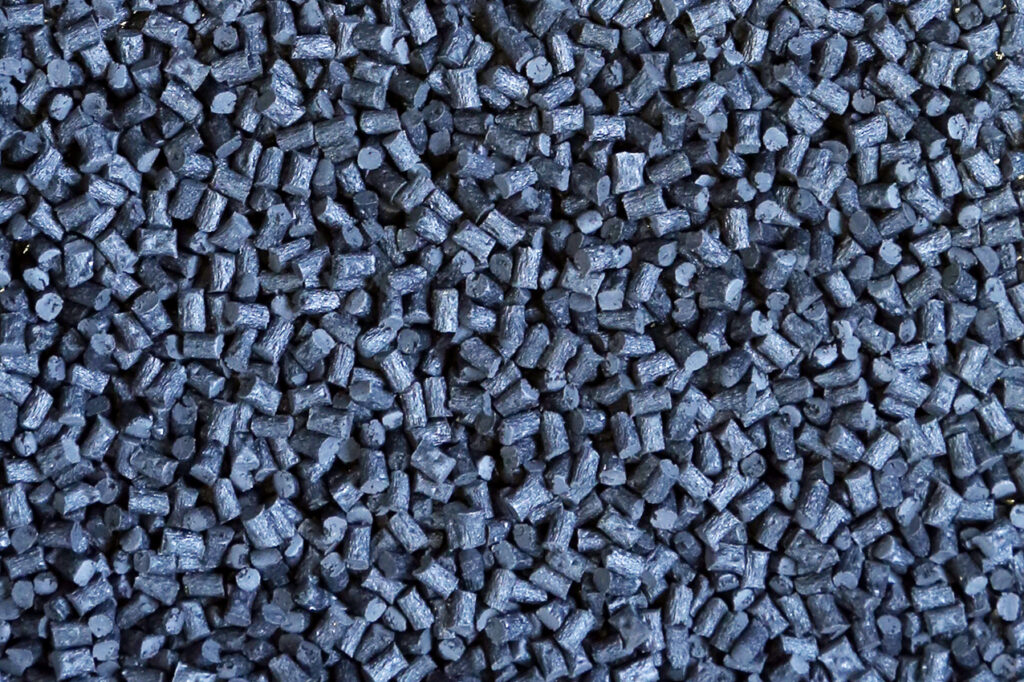
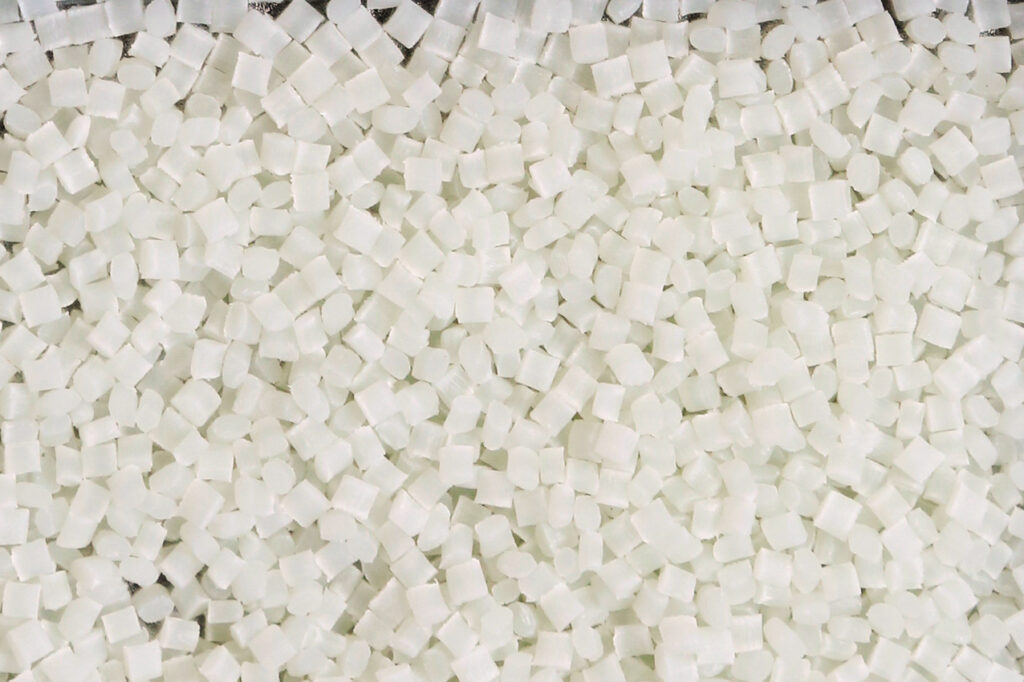
Trade-off between heat transfer and molding conditions
When the tip of the injection nozzle comes into contact with the mold (sprue bush), the nozzle temperature drops rapidly, and there is a risk that the resin will solidify and clog inside the nozzle. If the nozzle temperature is set higher to prevent this, the resin will not be able to cool in time, and the resin will become pulled into strings (stringing).

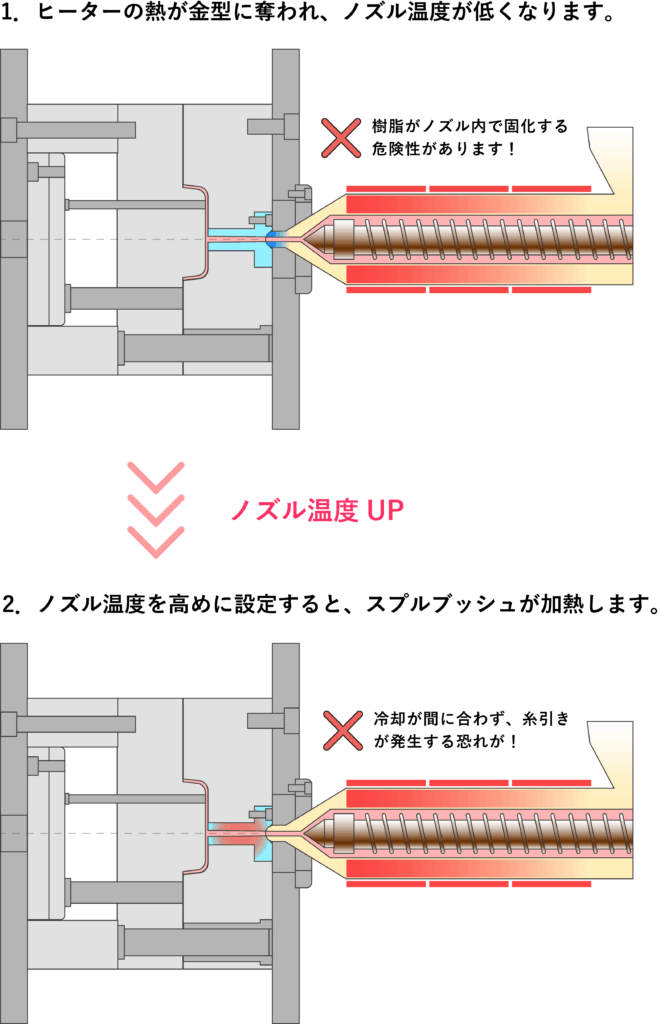

If threads adhere to the inside of the mold, they will be transferred to the molded product in the next shot and cause streak-like dents, resulting in poor appearance. In particular, with engineering plastics, there is a risk of threads getting caught in the mold and damaging it, which requires removal work, reducing productivity.
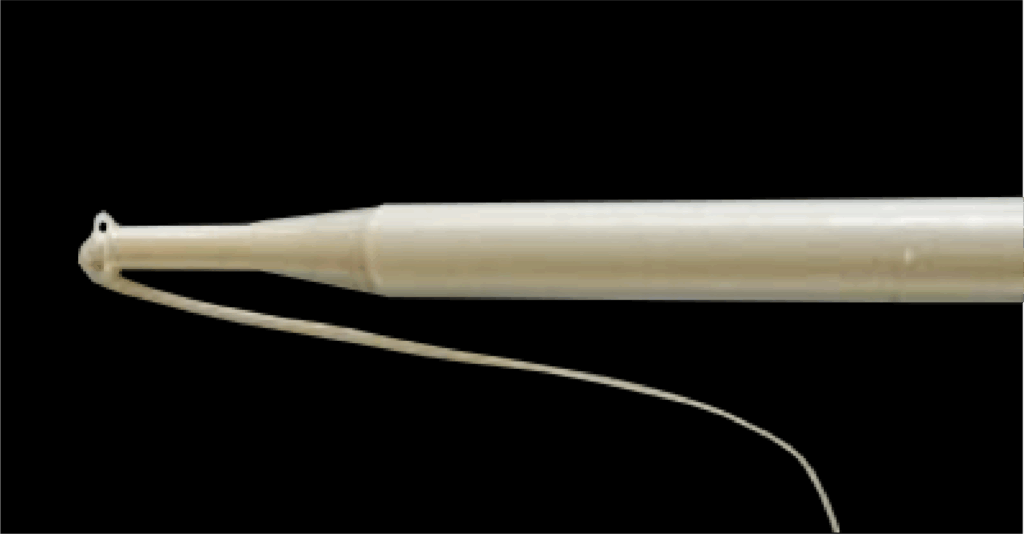
One way to deal with this is to retract the nozzle after metering to prevent stringing, but in this case the resin remaining in the nozzle is air-cooled and gets mixed in as unmelted slugs (cold slugs) in the next shot.
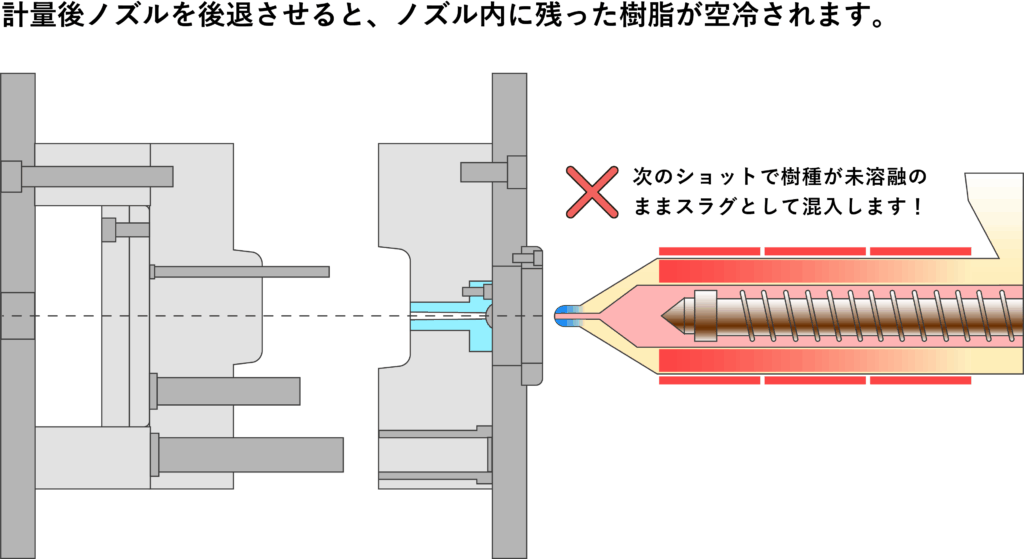
In other words, stringing and cold slugs are two sides of the same coin, resulting from a "temperature control dilemma." So how should we deal with them?

If you increase the nozzle temperature, it will string, and if you lower it, slugs will appear.
Honestly, I'm having trouble figuring out which one to prioritize.

That is the "temperature control dilemma." These types of defects that are specific to engineering plastic molding can be difficult to fundamentally solve by simply fine-tuning the conventional molding conditions.
Which should take priority: stringing or slugging?
To completely prevent both stringing and cold slugs, careful adjustment of molding conditions is required, but the following measures each have their own limitations.
Countermeasures by adjusting molding conditions
Countermeasure 1: Increase in nozzle temperature
By keeping the nozzle temperature high, it is possible to prevent the resin from solidifying (forming a slug). However, this also comes with the drawback of making the resin more susceptible to stringiness.
Countermeasure 2: Retract the nozzle
After filling is complete, the nozzle is removed from the mold to prevent stringing. However, the resin may cool and harden inside the nozzle, causing cold slugs.
Countermeasure 3: Optimize screw metering/injection timing
Short shots and nozzle sequence adjustments can also be expected to have a certain effect. However, this depends on the control level of the molding machine and mold, and it can be difficult to reproduce it on-site.

Each of these measures has its pros and cons.
If you prevent stringing, you will get slugs, and if you prevent slugs, you will get stringing.
What is needed is a structural approach to resolve this "temperature control dilemma."
Three benefits that ZiRKON brings to molding sites
ZiRKON structurally solves these common problems that occur when molding engineering plastics.
ZiRKON is a special sprue bush with a structure that insulates the contact area between the nozzle and the mold (hereinafter referred to as the nozzle touch area). This insulating layer suppresses the temperature drop at the nozzle tip, realizing a stable molding environment.
1. Prevents excessive overheating inside the nozzle, achieving stable temperature control
By insulating the nozzle touch area with zirconia ceramic, which has high insulating properties, the resin inside the nozzle is prevented from heating up more than necessary. This optimization of temperature control significantly reduces the occurrence of "stringing" and suppresses poor appearance caused by adhesion or transfer to molds and products. Especially in sites where highly viscous resins such as engineering plastics are used, suppressing stringing directly leads to both stable product quality and production efficiency.
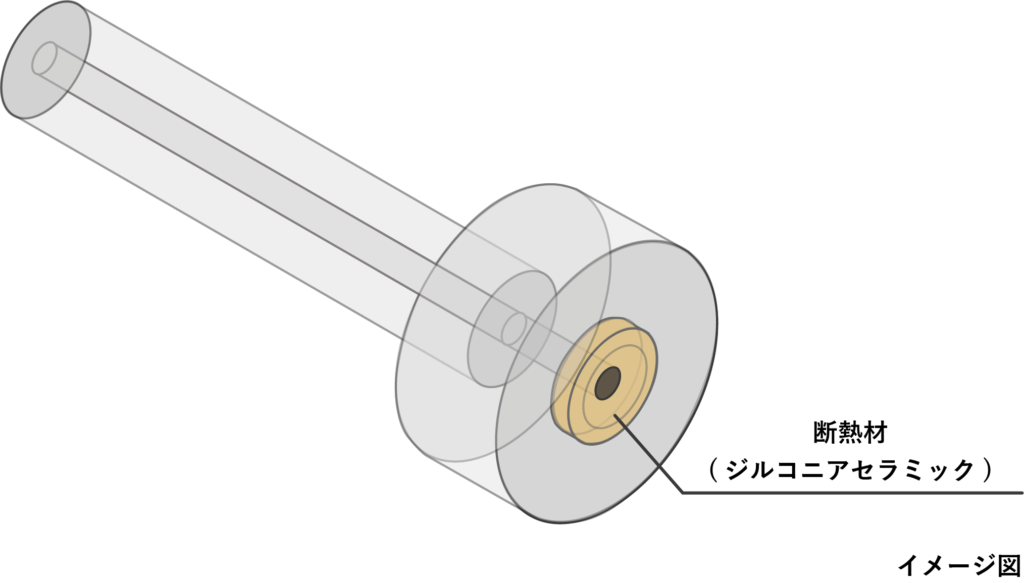
2. No need to retract the nozzle, avoiding the risk of cold resin getting mixed in
With the conventional method of preventing stringing, which involves pulling back the nozzle, there is a risk that the resin remaining at the tip of the nozzle will cool and become mixed into the molded product as "cold slug" during the next shot.
ZiRKON's heat-insulating structure creates an environment where stringing is unlikely to occur even without retracting the nozzle. This eliminates the root cause of slug formation without cooling the resin at the tip of the nozzle. By preventing problems such as foreign matter contamination and gate clogging, it also reduces sudden downtime of the molding machine due to mold troubles or short stops.
3. Eliminates temperature variations, supporting smooth start-up and stable production
The heat insulation effect of ZiRKON stabilizes the heat balance between the nozzle and the mold, suppressing variations in molding conditions. Especially when fine-tuning molding conditions is required, such as during start-up or material changes, it reduces waste shots and reduces resin waste. Lowering the defect rate and improving the operating rate contributes to improving overall production efficiency.

What? So a simple structure that just provides insulation is effective in stabilizing molding?

Yes, by insulating the nozzle touch area, we can solve the problem of heat transfer. We have also received feedback from customers saying that "defects have decreased without having to adjust the settings."
Notes
*1 Please note that hitting the sprue bush from the nozzle side with a brass rod or similar may damage the ceramic. Also, misalignment of the nozzle may cause damage to the ceramic edge.
*2 Zirconia is a sintered ceramic and is not covered by the warranty as it may break. We ask for your understanding that we will not accept returns after you have started using the product.
*3 Please refrain from using the nozzle in retracted mode after metering as it increases the risk of damage.

